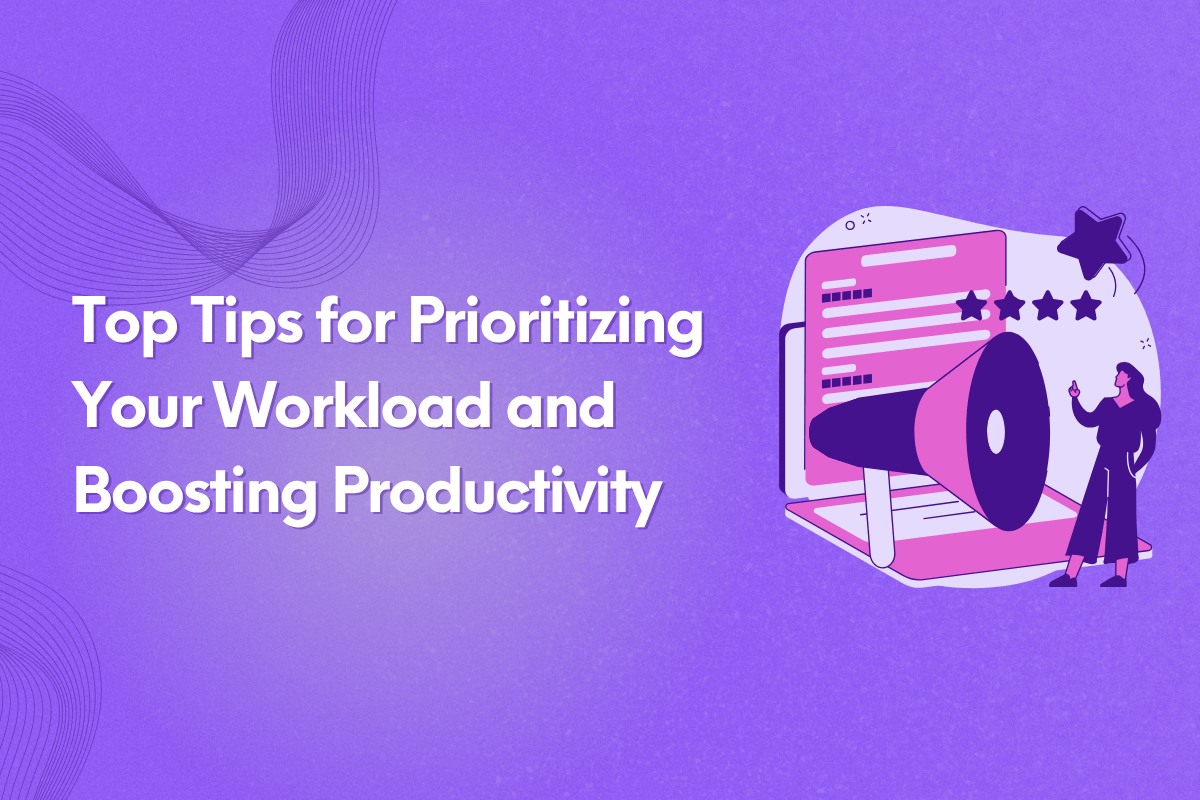Have you ever felt swamped by various tasks and relentless deadlines that you find your productivity teetering on the edge? With numerous commitments, it’s natural to feel stuck, not sure where you should start, and end up in a productivity slump. But there’s hope!
Mastering task prioritization is essential in handling and efficiently navigating a long list of tasks and responsibilities. One effective solution is to break down tasks into digestible segments and align them according to your priorities. This frees you up from the loop of never-ending deadlines, urgent tasks, and even habitual procrastination.
Task prioritization is not as complex as decoding science. It’s simply about changing how you work and following your own strategic approach that helps you achieve peak productivity. To help you start, we created this seven-step guide customized to identify essential tasks and boost your productivity.

7 Steps to Effectively Prioritize Your Workload
When everything feels urgent, it’s easy to lose focus and waste energy on the wrong tasks. Learning to prioritize effectively helps you manage time better, reduce stress, and deliver real impact. Here are seven practical steps to organize your workload and get more done with less chaos.
1. Document Every Task
The first leap towards effective management of work is transposing every task from mental awareness to a palpable format- be it paper or digital. Kick-start the process by creating a comprehensive list of tasks that need your attention, categorizing them based on their cyclic occurrence:
- Daily tasks: Routine actions like participating in meetings, conducting regular inspections, and managing correspondence.
- Weekly tasks: Functions connected to consumer deadlines, creation of presentations, or hitting project checkpoints.
- Monthly Tasks: Obligations associated with projects having wider time frames and larger objectives.
Read More: Practical OKR Guide for Teams: What Are OKRs and How Do They Work?
Transcribing these obligations individually can substantially reduce the weight of your workload. The core of task prioritization lies in possessing a crystal clear understanding of all existing responsibilities.
Take, for example, our framework simplifies the daily cataloging of personal tasks. It eliminates the necessity for mental effort - just tick off items from your to-do list or allocate varying degrees of importance to them.
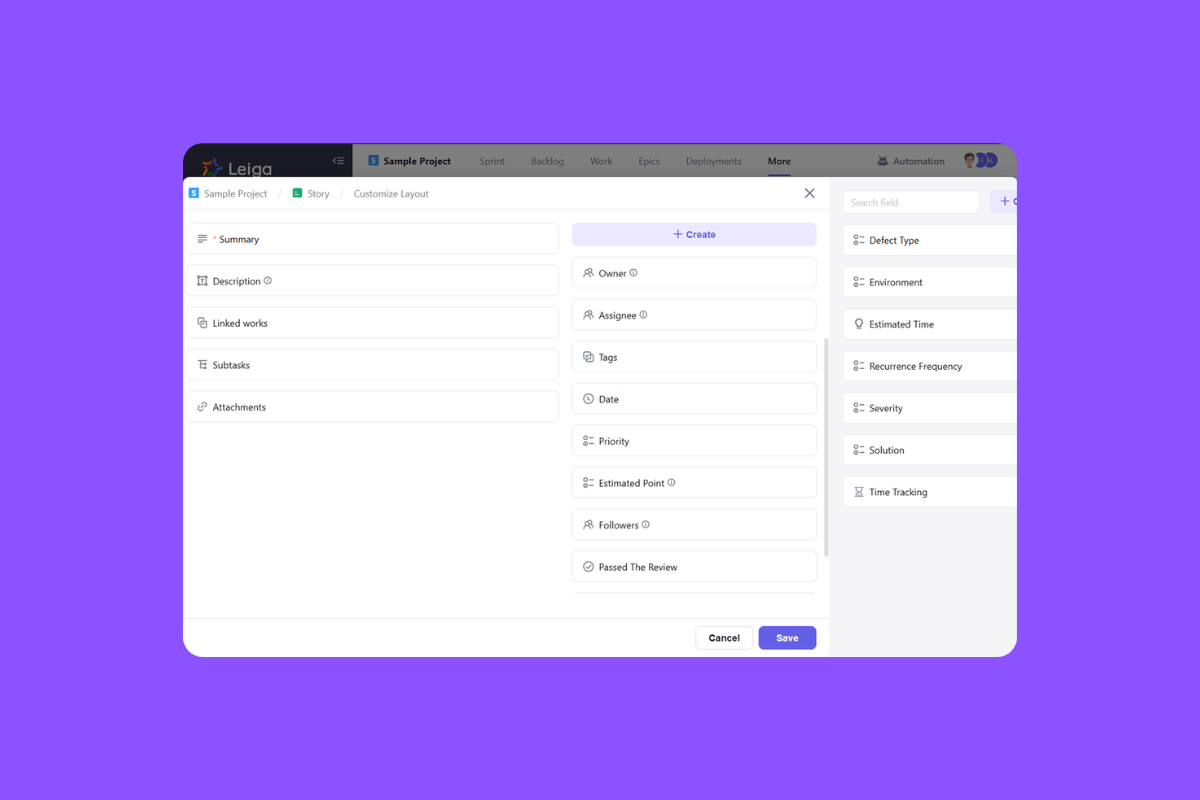
An added advantage of Personal Tasks is the transparency it provides. Your tasks connected to the project are visible to your entire team, located just under your private tasks. Ideally, tasks involving the entire team should be designated as open for structured organization and fostering accountability.
The adoption of a visual management method (such as a Kanban board) for overseeing tasks enables you to map out your schedule methodically and offers a complete view of impending deadlines.
2. Identifying Critical Tasks
Acknowledging the profound relevance of tasks is pivotal, as not all items on your checklist bear equivalent weight. Frequently, we lean towards accomplishing less critical, straightforward tasks first, irrespective of their actual significance. This propensity, as per research, can create a deceitful sense of accomplishment.
To conquer this predisposition for completion, it's indispensable to consciously evaluate the importance of each task. Distinguishing what's immediate from what's important can be challenging.
Emergency tasks demand swift action—whether it's required in the next few moments, hours, or by the day's close. These are the tasks you cannot afford to postpone without facing potential consequences.
Read More: How Templates Streamline Project Planning and Task Management
Critical tasks, while they might not call for immediate intervention, remain pivotal to your schedule. They might not require today's attention; however, they must not be overlooked.
To assist you in sorting your tasks, ponder the following questions:
- To whom will this task make a difference? Is it just you, your clients, or perhaps your entire team or organization?
- What advantage or result will the completion of this task bring?
- Could it lead to acquiring a new client? Increase in revenue?
- Finishing a project ahead of time?
What are the potential hazards of not completing this task? Could it result in losing clientele or earnings? - Obstructing project advancement?
After determining the urgency and significance of each obligation, there are a few approaches you can use to handle them effectively.
- Tackle the Giant: This analogy intimates commencing your day with the most cumbersome and time-consuming mission. Within the framework of handling multiple projects, such a task is generally endowed with a "highest priority" label. The remaining tasks can be coordinated, and calibrated by their deadlines, impressions, or advantages.
- The Eisenhower Matrix: Also recognized as the Urgent-Important Matrix, it categorizes tasks into four divisions according to their urgency and importance — do now (important and urgent), schedule (important but not urgent), delegate (urgent but not important), and discard (neither urgent nor important).
- The ABCDE Technique: Here, you classify tasks by allotting them priority levels categorized as A (most crucial) through E (least crucial).
The choice of a method that aligns with your workflow is vital. Regardless of the strategy, proficient time management holds a key position in preserving productivity and organization throughout your work routine.
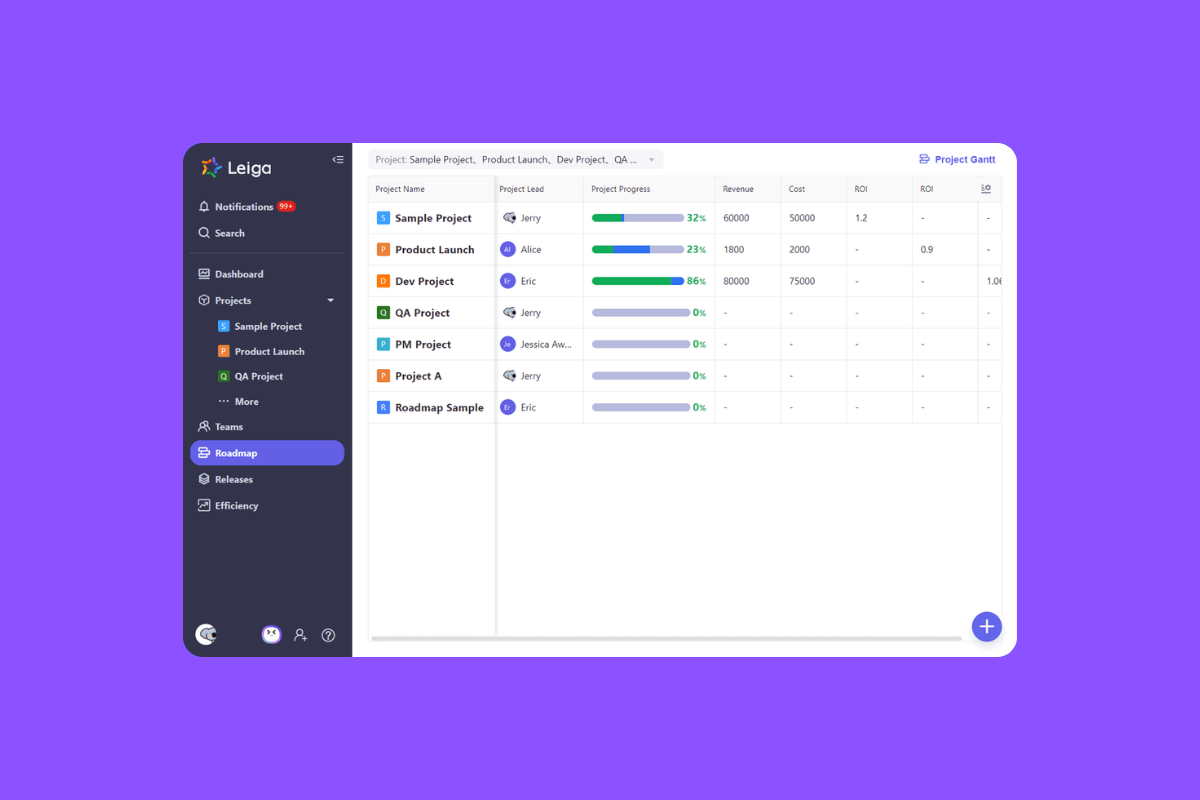
3. Align Your Schedule with Priority Tasks
You likely employ a calendar to manage your busy timetable of meetings and commitments. However, have you contemplated integrating your agenda with a focus on task precedence? Pause for a moment and examine your plans for the upcoming day. Do they coincide with the priorities of your endeavors?
If the response is negative, it's critical to establish a timetable that echoes the relevance of your responsibilities.
toDesigning and sticking to a well-planned schedule is key for staying focused and merely magnifying your productivity. It helps you predict busy spells, carve out intervals of time for deep work, and earmark reminders to stay alert about your duties.
Arrange your principal tasks well ahead of time, taking into consideration their importance and deadlines. Conclude each workday by mapping out a strategy for the impending day, allotting ample time for every item on your checklist.
Yet, it's equally vital to build some wiggle room into your planning process. Unpredictable occurrences can always interrupt, hence leaving some leeway for adaptability. Make space for personal downtime to relieve stress, engage in a brisk walk, or simply savor the freshness of an outdoor soiree.
Your workload management efficiency boosts when you have clarity about your chores and their respective due dates. This is the juncture where the right tools can prove to be priceless. Effective project management tools such as Leiga streamline the planning and execution of tasks. They propose features such as setting reminders and automating tasks to avert overdue deadlines. Additionally, the platform's dashboard and calendar visualizations make for a well-organized display of your tasks, thereby allowing you to assign them apt priority levels based on their urgency and significance.
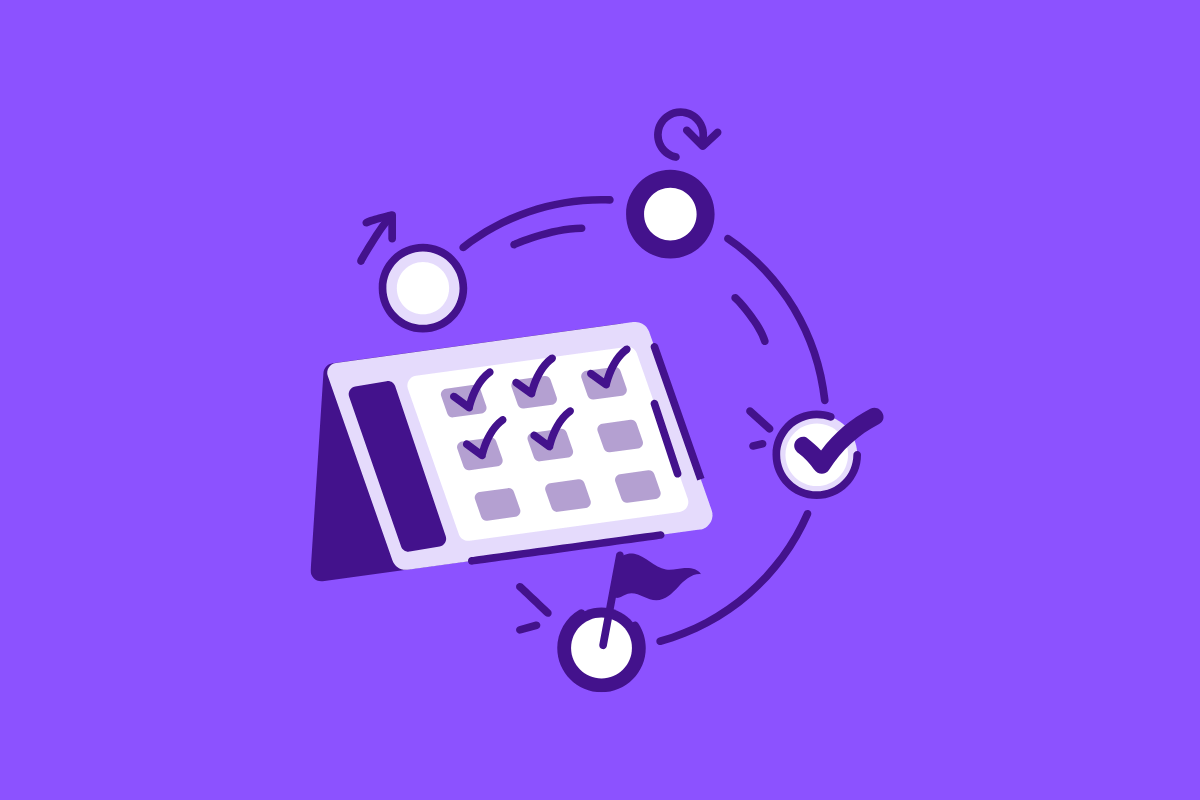
4. Start With The Most Challenging Task
Delving into high-priority tasks, especially those with looming deadlines, requires substantial concentration, vigor, and commitment. Start your workday not by skimming through emails or scrolling through social media, but by focusing on the most formidable task at hand. Undertake it with complete dedication and enthusiasm, then move to the next tasks. This strategy ensures that the toughest tasks are dealt with when your energy is at its highest.
Getting entangled in less significant tasks can cause a surge in dopamine levels, tempting you to continue with them due to the immediate gratification they provide. While this may appear rewarding at the moment, it distracts you from more critical projects.
Effective project management tools can dramatically boost your task management efficiency. Its resource allocation feature provides a comprehensive view of your team's workload. This visibility allows you to pinpoint which tasks are taking up most of the time, understand where assistance is required, and keep track of task progression. Furthermore, the dynamic task management capability allows removing, adding, adjusting deadlines, and reallocating resources as needed.
5. Focus On A Single Task (Avoid Multitasking)
The appeal of multitasking often misguides us into believing it is the key to productivity. However, trying to juggle multiple tasks at once usually steers us towards exhaustion instead of efficiency. Surprisingly, research indicates that only a small percentage of people can multitask effectively without compromising their performance quality. For the majority, attempting to handle various tasks simultaneously can negatively impact their outcomes.
This perspective becomes even more critical in a professional environment. If your workday constantly oscillates between various applications, documents, and emails, the substantial productive output you might expect could turn out to be minimal.
Productivity strategies might differ from person to person, but a universally effective methodology is to focus on one task at a time. For those daunting or repetitive tasks, strategies like time blocking or the Pomodoro technique could be beneficial. These methods break down work into digestible chunks separated by short breaks, allowing for sustained attention and mental rejuvenation.
Read More: The Hidden Costs of Context Switching for Dev Teams
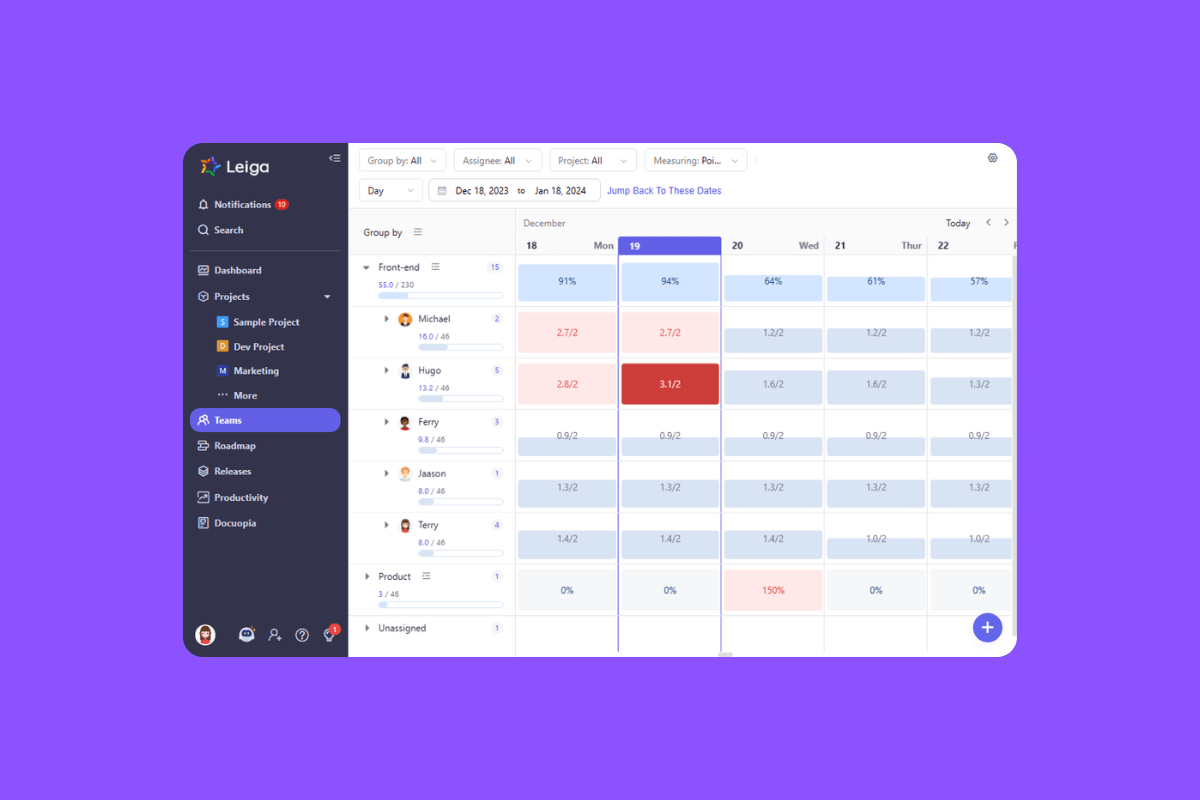
6. Recognize Your Limitations and Capabilities
The significance of managing time efficiently in our daily routines shouldn't be underestimated. When dealing with a small task that causes undue stress or encounters a significant hurdle that hampers productivity, it may be beneficial to postpone it or shelf it temporarily until a more conducive mindset is achieved.
This isn't an endorsement for shirking responsibilities, but an appeal for adopting a pragmatic approach. The recognition of burnout in today's professional landscapes is well-grounded. Provided that such a decision doesn’t adversely impact team performance, potential client encounters, or direct revenue, one should permit oneself some flexibility.
Harnessing integrated AI could considerably expedite the delivery of project requirements, changing the time measure from days to mere minutes. Visualizing all project timelines in one place can offer a comprehensive perspective for making informed decisions about ongoing and future endeavors.
Thinking about work distribution based on capacity rather than mere availability could aid in maintaining a content, healthy team ready to seize the next challenge. Emphasizing task completion rather than frequent status updates could keep them concentrated on progressing work.
Comparing one's team performance against industry benchmarks could provide a significant reality check and aid in making necessary adjustments. Communicating and collaborating asynchronously with development teams could be advantageous in a remote or hybrid work environment.
Read More: AI-Powered Task Management Software: A Game Changer for Dev Teams
7. Collaborate on Prioritization as a Team
Acknowledging that your work is just one element of a broader framework is vital. Excelling in task prioritization need not be a solitary pursuit. In current times, it's beneficial for teams to ensure:
- Transparent conversations regarding uncertainties or questions tied to deadlines and specific duties
- Collective resolution-making about deadlines, the scopes of projects, and individual assignments
- Allocated time for thorough, concentrated efforts on urgent tasks devoid of disruptions
This highlights the necessity for better alignment through collaboration platforms. A platform with functions such as integrated messaging and reviews of activity boards can enable team members to arrange their timelines competently, align on tasks of high importance, and involve themselves in cooperative dialogues whenever needed.

Task Prioritization: Essential Questions and Answers
The process of prioritizing tasks efficiently begins with the enumeration of all tasks along with their respective deadlines. Next, a thoughtful analysis of each item should be conducted, evaluating aspects of importance, urgency, effort, and resource demands. Priorities are then assigned according to time sensitivity, bearing in mind any existing interdependencies and breaking down complicated tasks when necessary. It's crucial to regularly reassess and adjust these priorities, with project management tools providing invaluable assistance in structuring and tracking the workflow's progression.
Strategies for planning and ranking work priorities revolve around an unambiguous understanding of one's objectives, which are then split into actionable items. The importance and urgency of each task are assessed, prioritizing those that are fundamental to achieving the set goals and those with fast-approaching deadlines. It’s important to continually reevaluate and realign your priorities according to your objectives.
Creating a priority list involves a keen examination of factors such as urgency, effort, and the resources required for each of your tasks. These tasks are then sequenced in order of significance, tackling those that are urgent and high in value first. Regular updates and scrutiny of the list are crucial for accommodating any changes in circumstances.
The most essential step when prioritizing is understanding how each task aligns with your larger goals and objectives. This assessment facilitates precise prioritization, allowing for the effective allocation of resources towards endeavors with the highest impact.
Project management software plays a vital role in managing priorities by offering a holistic framework for organizing tasks, assigning priorities, adhering to deadlines, fostering team collaboration, distributing resources, tracking progress, and offering flexibility. This ensures that both individuals and teams are organized, able to prioritize effectively, stay updated on progress, and quickly adapt to changes. This leads to enhanced productivity and facilitates the timely completion of significant tasks.
Prioritize Tasks Easily
Managing an endless stream of tasks can often feel like you're trapped in a relentless whirlwind, where your work-life harmony suffers under the pressure of fast-approaching deadlines.
Embark on a transformative journey with a free trial at Leiga and discover the art of prioritizing efficiently to boost your team's productivity to new heights.
- Streamline Your Workflow with Leiga
- Effortlessly automate tasks
- Boost productivity with AI insights
- Free forever — elevate project management
